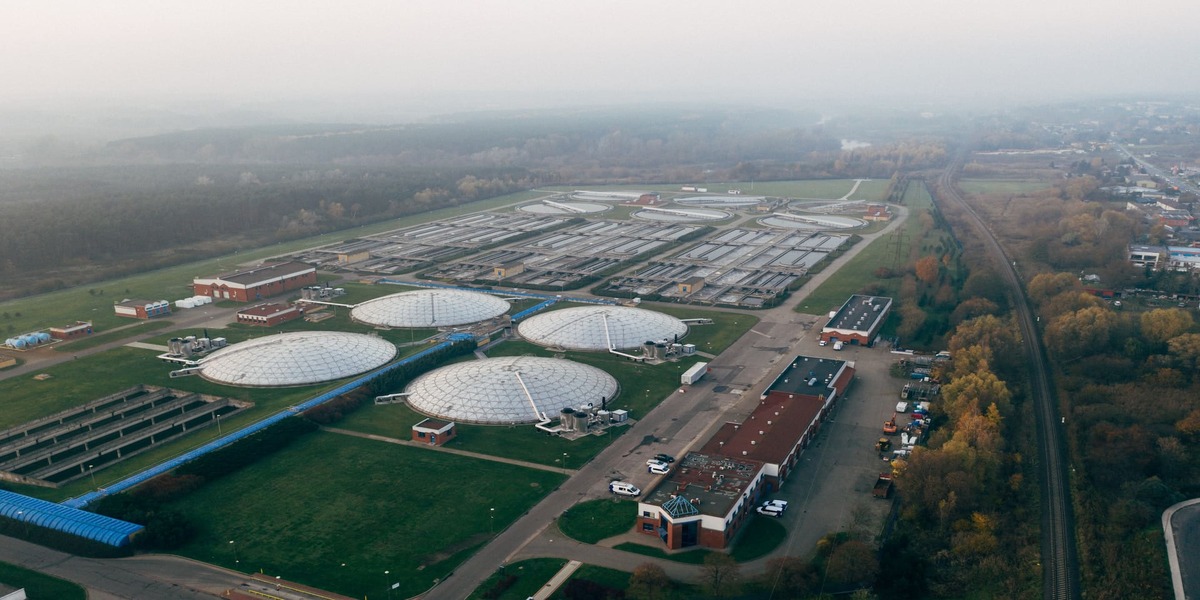Wastewater Treatment Plants (WWTPs) play a pivotal role in purifying water by subjecting it to a series of processes to reduce pollutants, thereby minimizing environmental risks. However, these processes generate a byproduct known as sludge. Traditionally, sludge management involved various methods like farmland application, landfill deposition, incineration, or even dumping into the sea. However, these methods are either unsustainable or pose significant environmental challenges.
The focus has shifted to exploring alternative approaches for managing this sludge, considering its potential as a source of materials and energy. One innovative solution gaining attention is the gasification of WWTP sludge, leading to energy recovery and minimizing waste.
Understanding Gasification Process
Gasification is a thermochemical process involving the transformation of carbonaceous substrates (such as residual biomass or WWTP sludge) into a combustible gas using a gasifying agent like air, oxygen, or water vapor. This process generates a gas composition primarily containing CO and/or H2, offering potential energy recovery benefits.
The energy content of the gas produced varies based on the conditions of gasification. Factors such as organic matter in the substrate and the gasifying agent used influence the calorific value of the gas. The resulting gas, rich in CO and H2, can be utilized as a heat source or further processed for energy production in boilers, gas turbines, internal combustion engines, or fuel cells.
Advantages of Gasification
Gasification of WWTP sludge presents several advantages
Energy Recovery
Generates a combustible gas that can be used for various energy needs within the WWTP.
Waste Minimization
Reduces the volume of waste, offering an efficient waste management solution.
Sustainable Energy Source
Provides a new avenue for sustainable energy production, complementing existing biogas utilization.
Project GMVEL - Management and Energy Recovery
One notable project focused on this approach is GMVEL, which emphasizes the management, minimization, and energy recovery of WWTP sludge through gasification. This project aims to harness the potential of gasification technology to convert sludge into a valuable energy resource.
Key Stages of the Gasification Process
Gasification involves stages such as drying, pyrolysis, combustion, and gasification itself, with each stage contributing to the efficient conversion of sludge into a useful gas.
Simulation and Results
Simulation studies on the gasification process reveal promising outcomes in terms of gas composition and energy recovery potential. These simulations demonstrate the viability of this approach for managing and utilizing WWTP sludge.
Conclusion
Gasification technology is a viable and sustainable solution for managing WWTP sludge, offering a new avenue for energy recovery. It complements existing anaerobic digestion processes and presents a promising route for generating heat and electricity within WWTPs.
Frequently Asked Questions
1. How does gasification differ from traditional sludge management methods?
Gasification involves a thermochemical process converting sludge into a combustible gas, minimizing waste, and offering an energy source, unlike traditional methods like landfilling or incineration.
2. What are the potential applications of the gas produced from WWTP sludge gasification?
The gas generated can be used as a heat source in boilers gas turbines or further processed for electricity generation in fuel cells or internal combustion engines.
3. Is the gasification of WWTP sludge environmentally friendly?
Gasification minimizes waste, reduces the environmental impact of traditional disposal methods, and offers a sustainable energy solution, contributing positively to environmental conservation.
4. How does gasification contribute to the overall sustainability of WWTPs?
By converting sludge into a usable energy source, gasification reduces the dependency on external energy sources, making WWTPs more self-sufficient and environmentally conscious.
5. Are there any challenges associated with implementing gasification technology for WWTP sludge?
Some challenges include optimizing gasification processes, ensuring efficient energy recovery, and addressing potential technical complexities in large-scale implementation.

